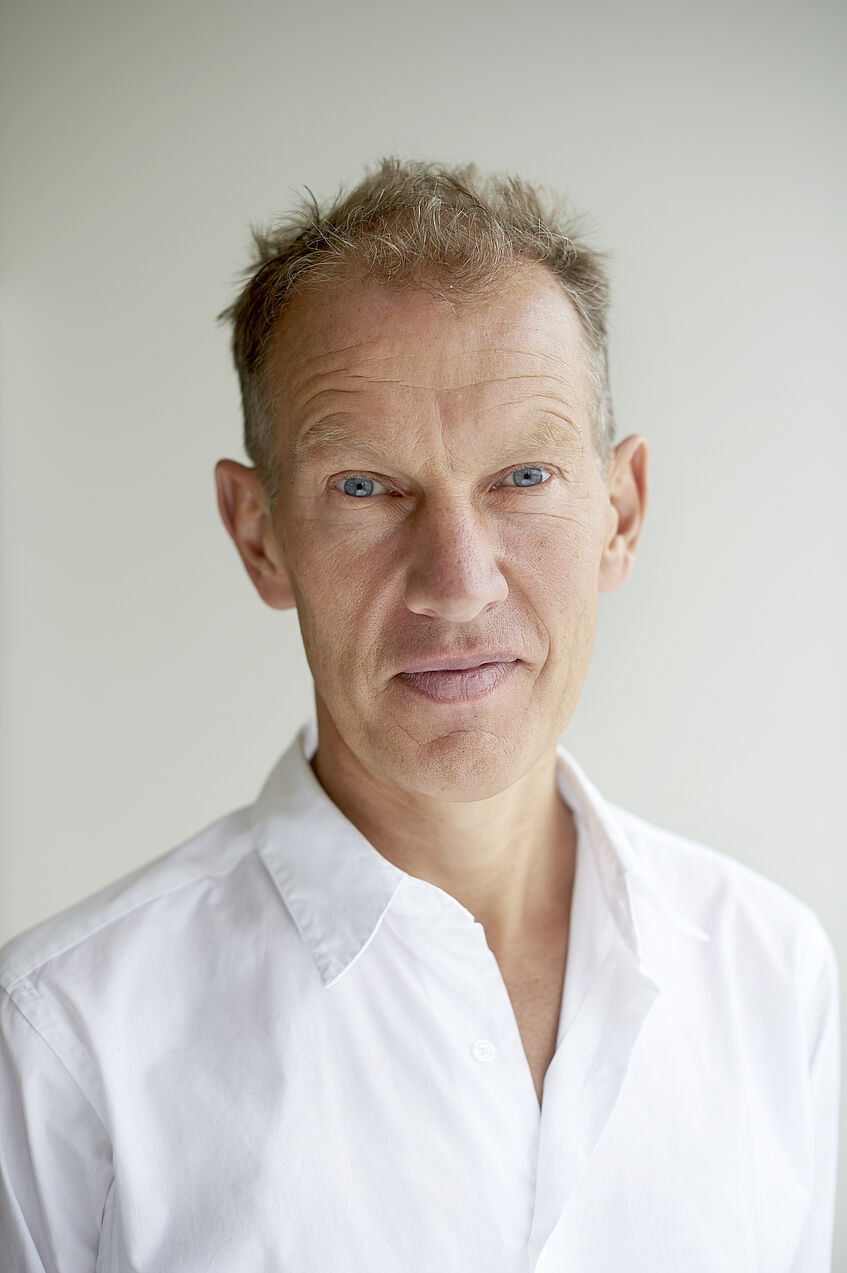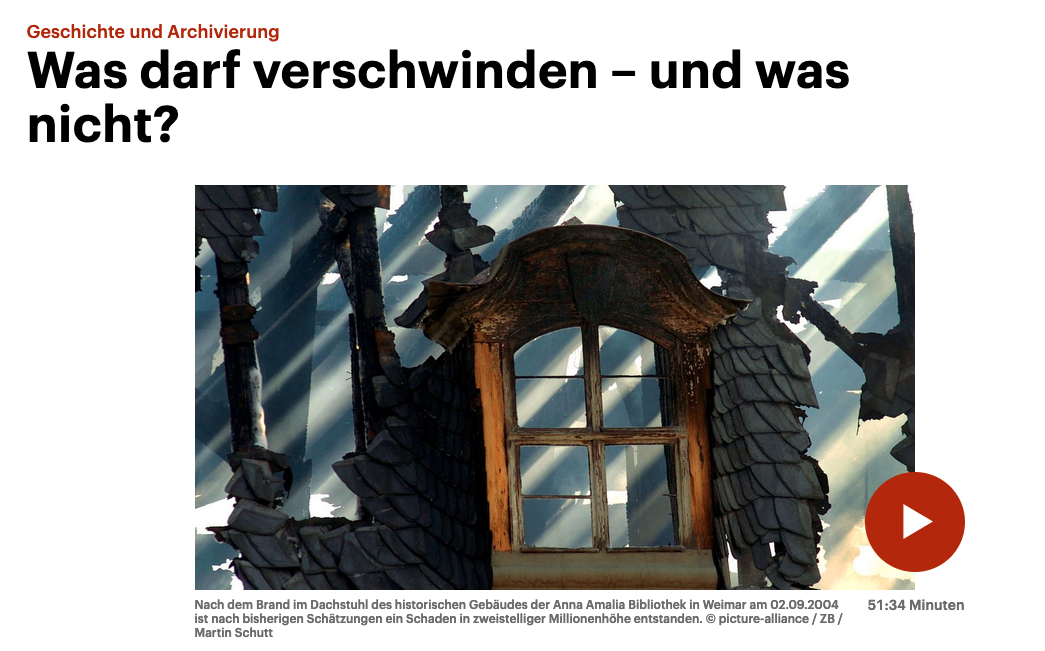Gone. About History and Disappearance

Vienna Public History Lecture I (2022)
Valentin Groebner
15 November 2022, 19h, in the Main Ceremonial Hall at Vienna University
Welcoming address: Christina Lutter (Dean)
Introduction: Marko Demantowsky
In the 21st century, historic buildings, works of art and collections are no longer annoying remnants of the past, as they were in the modernisation pushes of the 19th century or even in the 1950s and 1960s. Today, they are seen as carefully protected treasures that have been lavishly maintained with public and private funds. At the same time, they are irreplaceable materialisations of collective self-images, national heritage and precious resources for tourism marketing. Therefore, they must be preserved at all costs and, if damaged by an accident, restored at all costs. The waves of media excitement over the fire of Notre Dame de Paris 2018, the Anna Amalia Library in Weimar 2004 or the La Fenice Theatre in Venice 1996 have exemplified these mechanisms.
This sensitivity to loss stands in need of explanation in regard to the 21st century's usual self-description as highly innovative and future-oriented. The same applies to history - for the architects of the Renaissance and Baroque periods, demolishing the old was a matter of routine. Conversely, the industrial modernity of the 19th century reconstructed destroyed medieval monuments or replaced them with new buildings in the old style.
Musealisation is the standard procedure of dealing publicly with historical legacies and at the same time a surprise bag. What changes in the way we deal with historical time when the evidence of a past that has irrevocably disappeared is standing around everywhere spick and span, authentic and historical, but in the best possible condition? In my lecture, I would like to explore the paradoxes of a past that is set to last indefinitely. If nothing is permitted to be broken and lost any more, what happens to the things from the past that are exhibited in the present? What kind of history do museums exhibit, and with what do they contaminate their treasures - and their visitors?
Further Reading
- Groebner Valentin. 2018. Retroland. Geschichtstourismus Und Die Sehnsucht Nach Dem Authentischen. Frankfurt am Main: S. Fischer.
- Groebner Valentin. 2019. Wer Redet Von Der Reinheit? Eine Kleine Begriffsgeschichte. Wien: Passagen Verlag.
- Groebner Valentin. 2021. Bin Ich Das? : Eine Kurze Geschichte Der Selbstauskunft Originalausgabe ed. Frankfurt am Main: S. Fischer.
Biography
Valentin Groebner, born in Vienna in 1962, is Professor of History at the University of Lucerne. Before that, he worked in various academic places, including Bielefeld, Florence, Harvard and Paris. In addition to his academic books, he has also published a number of essays – here the small cross-border traffic between history and the present is of particular interest to him.
Bilingual Publication
Zeitverschluss | Frozen Time
Das Museum als Panikraum | Museums as Panic Rooms
In the 21st century, historical buildings, works of art and collections are far from being tiresome remains of the past, like they were in the modernisation boosts of the 19th century or even still in the 1950s and 1960s. Today, they are meticulously guarded and elaborately upkept treasures: irreplaceable materialisations of collective self-images, national heritage and at the same time, valuable resources of touristic commercialisation. Hence, they have to be preserved at any cost and – when damaged in an accident – have to be restored at all costs.
This notion correlates with the 21st century’s self-description as innovative and future-oriented in a way that needs explanation. Futsch (German for gone) explores these paradoxes with a series of on-site visits in institutions that allow us to survey the past, from Vienna to Weimar and Zurich. Historical memorial sites and museums can obviously take many forms, from a temple to a supermarket, from a relic shrine to a bunker. They are shelters, time capsules and sanatoria, clinics for the treatment of phantom pain. What are they promising to protect their visitors from?


